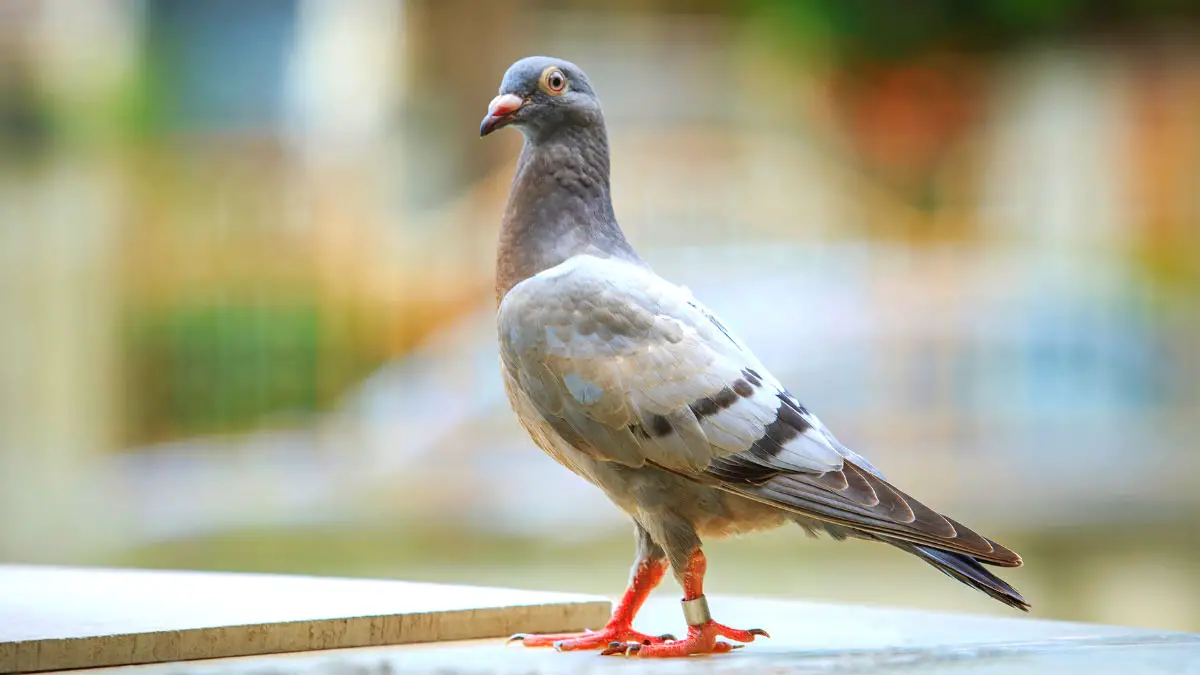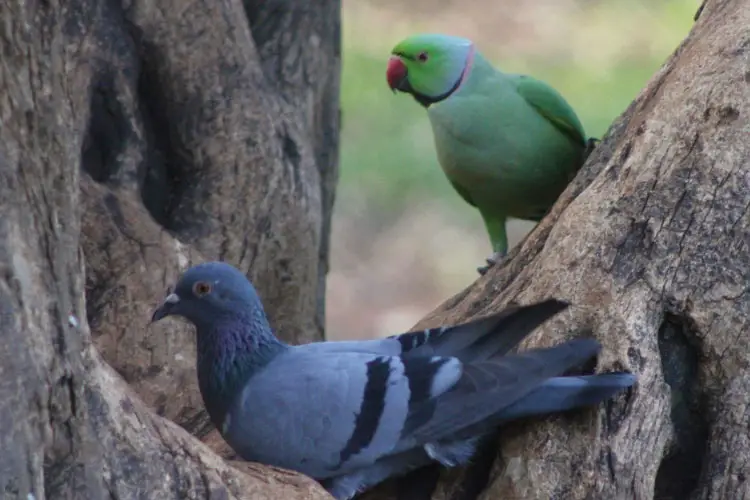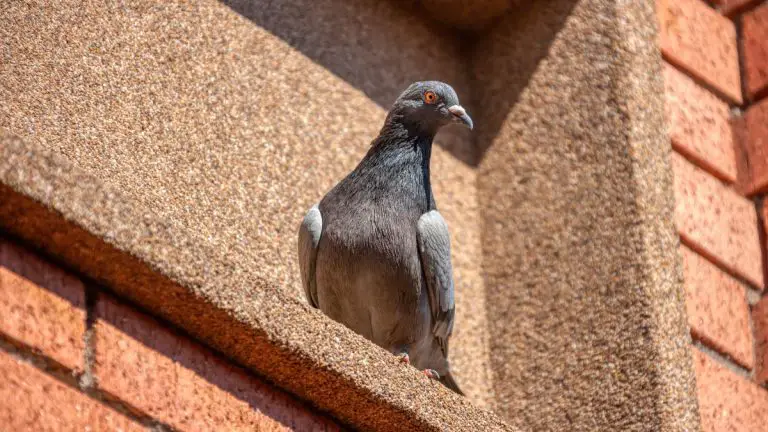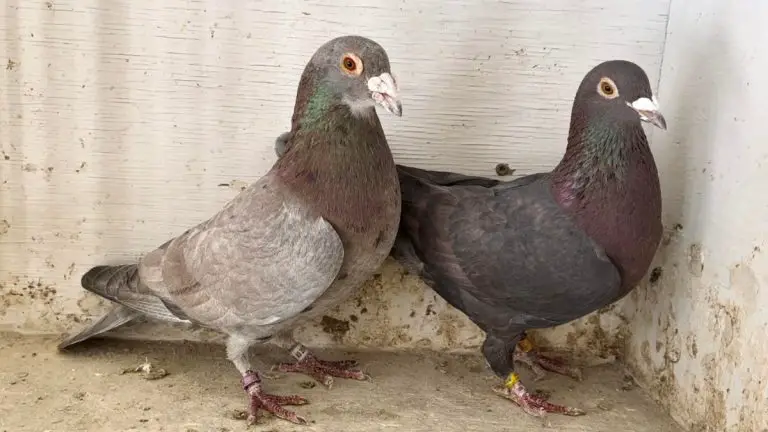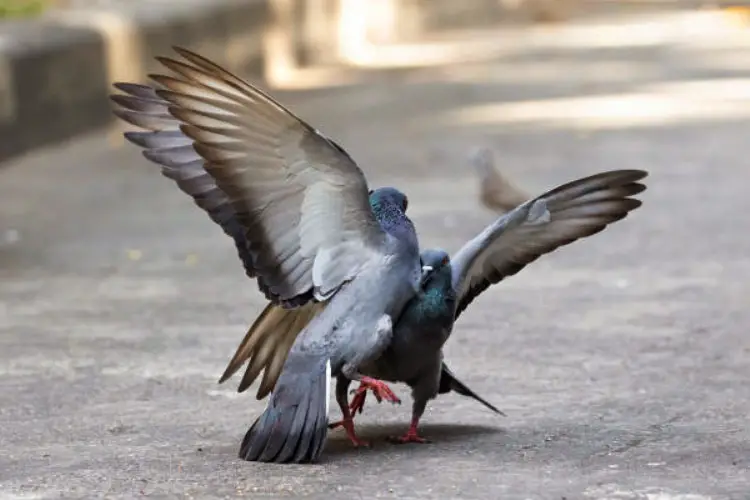How to Band a Young Racing Pigeon? Step-By-Step Procedure
Have you ever lost a racing pigeon before? It feels terrible, doesn’t it? So, if you want to track your feathered friends and compete like a pro, you must know how to band a young racing pigeon.
Here’s how it works:
- Select the correct ring size,
- Gently slip your pigeon’s front three toes through the ring,
- Then carefully pull the back toe through as well.
- Don’t forget to check the bands to make sure they’re still on their feet.
We’ll also familiarize you with other relatable topics like the importance and types of rings. Keep reading.
Why Is It Important to Band-Racing Pigeons?
The following are some reasons why it’s vital to band your homing pigeons.
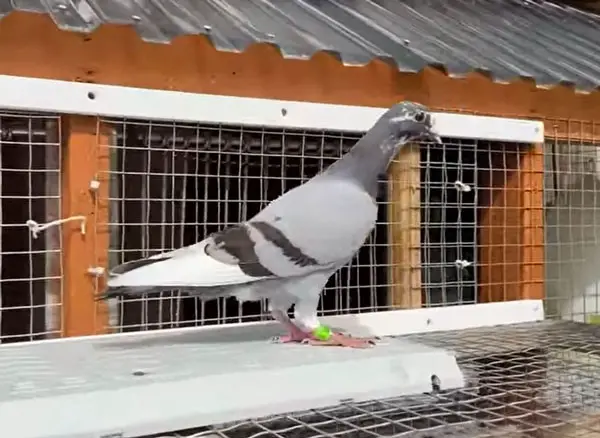
Identification
For race pigeons, bands work as ID badges. They wrap all around the bird’s leg and could be constructed of plastic or metal, but you need to know on which leg to put the band.
Each band includes a unique number that helps in identifying both the bird and its owner. In this manner, if your bird’s lost, others can help in returning it to you.
Shows Ownership
Banding your racing pigeon implies that you are a caring owner who adores your bird. It’s also a fun chance to show off your bird to those who are keen on racing pigeons.

Tracking Lost Birds
The bands on racing pigeons can help find lost birds. If your bird gets lost during a race or training, the band can help the finder identify the bird’s owner and bring it back home.
In some cases, bands have even helped to find birds that have flown miles away from their original location.
Which Pigeon Bands Should I Get?
To be honest, there are no specific types of bands that you can find for your pigeons. However, there are two options that you can try out.

Typical Bands
You’ll find all the usual info on these bands, like—
- The year it was made (e.g., “2011”)
- The national organization like “IF” or “AU“
- Club initials such as “COV” for Covington, Kentucky
- A serial number is up to five digits long.
Personalized Bands
These bands can be personalized with descriptors like “RRLOfts,” but you’ll need to order in advance, and they’ll cost you more than typical ones.
Some folks even put a second band on the other leg with their phone number in case the bird gets lost and found.
How Can You Band Racing Pigeons?
Hoping you got bands for your pigeons, let’s get into the real work.
- Step 1: Get the rings according to your preference.
- Step 2: Make sure you get the right band size for your pigeon’s breed!
- Step 3: Hold your bird gently and pass its front three toes through the ring.
- Step 4: Bring the rear toe through the ring without hurting your pigeon.
- Step 5: Check the ring to make sure it’s not loose and won’t fall off. It’s a great idea to check it again the next day to be sure of the placement.
If you find the steps difficult to follow, check the video on banding a racing pigeon which will make your work easy-peasy.
Tips for Successful Banding of Young Racing Pigeons
If you find yourself in a sticky situation with pigeon bands, injury prevention should be your major concern. Here are some useful tips and techniques to help you to carry out the task without harming your feathery buddy.
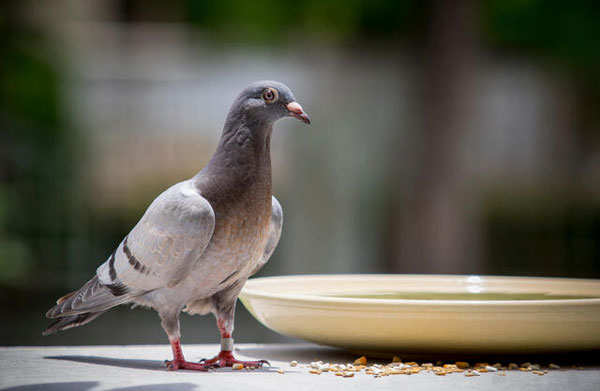
Spit
First of all, spit is a lifesaver. It’s a plentiful natural lubricant. Spit can make the job simpler and less unpleasant for both you and the bird by applying it to the band or foot.
Olive or Cooking Oil
If spit does not help, cooking or olive oil might be a good substitute. Just make sure it’s free of irritants and that you only use a minimal amount. Meanwhile, wash your hands and the pigeon’s foot later, so you don’t get some dirty birds.
Toothpick
A toothpick is another useful tool; however, get the rounder ones and cut the point using nail clippers. Use the toothpick to softly and carefully slip in between the toe and leg.
If you leave the band on for too long, the toe may become trapped.
If you’re interested in learning more about the potential toxicity of pigeon poop, you can read our article on is pigeon poop toxic. This article provides insights into the composition of pigeon droppings and their potential health implications. For more information about pigeon racing, you can check out our article on pigeon racing. This article delves into the history, techniques, and strategies involved in this popular sport.FAQs
Still got some queries? We’ve answered some important ones that may help you.
You should put a band on your squabs when they’re between 5 to 8 days old. Always be sure not to miss the banding window.
No, you can’t. Those foreign rings won’t be accepted in the USA if you’re planning on competing with your pigeons.
Most often, it’s the standard 7 mm size. But if you find it too small for the pigeons, then go for something around C/8 mm instead.
Final Words
No one wants to feel the sadness of losing his feathered friend. That’s why you must place a band on your pigeon to have that peace of mind that you won’t lose them. But please be careful while banding, as those little toes are delicate!
Finally, take your time and follow our simple steps of how to band a young racing pigeon so that you can do it right. That way, you and your pigeon will be happy campers.
